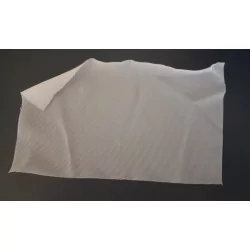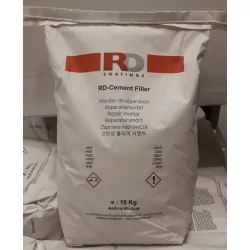How to renovate and waterproof a facade showing active cracks
This solution explains the procedure to follow for repairing cracks in a brick or concrete façade or structure, followed by the application of the RD-Elastoflex waterproofing system.
This elastic and water vapor permeable coating provides highly effective protection against water infiltration, erosion, and carbonation, while also maintaining the building’s aesthetic appearance.


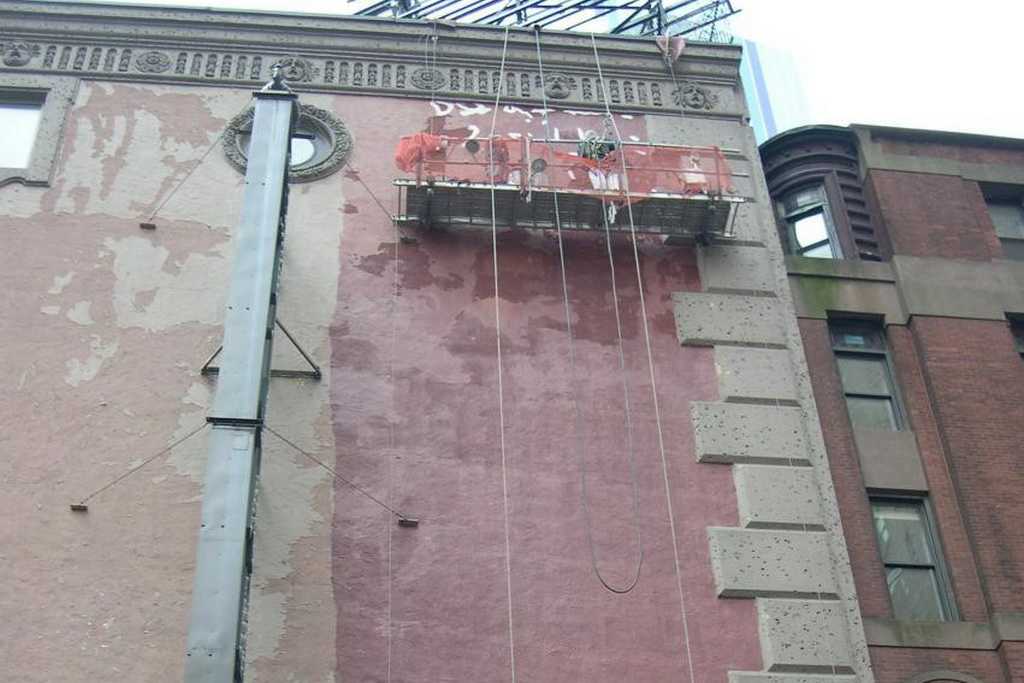

Products presented
RD-Elastoflex Technical paint designed for the waterproofing and protection of concrete, walls, and facades....
Technical paint designed for the waterproofing and protection of concrete, walls, and facades....
RD-Mur Fleece Woven reinforcement fabric for liquid-applied waterproofing and wall coating systems on façades...
Woven reinforcement fabric for liquid-applied waterproofing and wall coating systems on façades...
RD-Cement Filler Mineral powdery and dry mix based on cement, granulates and additives, for the repair of almost...
Mineral powdery and dry mix based on cement, granulates and additives, for the repair of almost...
The problem
Cracks in a brick or concrete wall provide an entry point for water into a building. This buildup of moisture can lead to stains and the formation of thermal bridges, promoting the growth of mold indoors.
Under the effect of frost, the cracks and joints will widen, worsening the damage. In the presence of reinforcing steel, rust will attack it, accelerating its deterioration and leading to even more significant cracking.
However, it is possible to halt these degradation processes and remedy them in a sustainable way.
The solution
/!\ This solution addresses the repair of non-structural cracks. If necessary, consult an architect or engineering firm.
RD-Cement Filler – RD-Acryl W – RD-Mur Fleece
It is essential to address the problem at its source before applying a waterproof coating.
Depending on the nature and size of the cracks, RD Coatings offers a range of user-friendly and highly effective products for repairing them.
The use of the RD-Mur Fleece reinforcement fabric is recommended on substrates in poor condition. This fabric significantly strengthens the waterproof membrane against new cracks.
RD-Elastoflex
The application of RD-Elastoflex is a certified and highly effective solution.
Whether it’s for a simple wall, a villa, a bridge, or a skyscraper, RD-Elastoflex has proven its effectiveness worldwide. From Brussels to New York, many buildings have been protected by this system for decades.
RD-Elastoflex is certified according to the EN 1504-2 standard, ensuring that it meets the strictest performance and durability requirements.
It is highly appreciated by architects and engineering firms for its exceptional properties, offering optimal performance and impeccable results:
• Permanent elasticity exceeding 600%, effectively bridging micro-cracks and maintaining the building’s waterproofing, even in freezing conditions.
• Breathability and water vapor permeability, regulating indoor humidity and ensuring optimal comfort.
• Excellent resistance to CO2 diffusion.
• Very high resistance to weather conditions, including acid rain, UV rays, and soiling, ensuring a clean and aesthetically impeccable façade for many years.
• Wide range of colors, including custom shades to meet all aesthetic requirements.
RD-Elastoflex thus offers durable, aesthetic, and high-performance protection for buildings and structures, regardless of climatic or environmental conditions.
System(s)
1/ Waterproofing system with localized crack repairs
| Product | Consumption | Dry film | |||
| 1st coat | RD-Elastoflex diluted to 10% | 0,20 kg/m² 300 s/f-g | 80 µ 83.2 mils | ||
| or RD-Unifix | 0,10 L/m² or more depending on porosity. | ||||
| Crack repair | RD-Acryl W or RD-Ciment Filler | Application in joints and cracks. | |||
| 2nd coat | RD-Elastoflex | 0,40 kg/m² 150 s/f-g | 160 µ 6.4 mils | ||
| 3rd coat | RD-Elastoflex - if 1st coat with RD-Elastoflex | 0,20 kg/m² 300 s/f-g | 80 µ 3.2 mils | ||
| RD-Elastoflex - if 1st coat with RD-Unifix | 0,40 kg/m² 150 s/f-g | 160 µ 6.4 mils | |||
2/ Waterproofing system with reinforcement fabric and crack repair
| Product | Consumption | Dry film | |||
| 1st coat | RD-Elastoflex diluted to 10% | 0,20 kg/m² 300 s/f-g | 80 µ 83.2 mils | ||
| or RD-Unifix | 0,10 L/m² or more depending on porosity. | ||||
| Crack repair | RD-Acryl W or RD-Ciment Filler | Application in joints and cracks. | |||
| 2nd coat | RD-Elastoflex + RD-Mur Fleece | 0,40 kg/m² 150 s/f-g | 160 µ 6.4 mils | ||
| 3rd coat | RD-Elastoflex - if 1st coat with RD-Elastoflex | 0,20 kg/m² 300 s/f-g | 80 µ 3.2 mils | ||
| RD-Elastoflex - if 1st coat with RD-Unifix | 0,40 kg/m² 150 s/f-g | 160 µ 6.4 mils | |||
Application conditions and work preparation
Environmental Conditions (General Requirements):
• Minimum air and substrate temperature: 10°C / 50°F for 24 hours.
• Maximum surface temperature: 55°C / 130°F.
• Maximum relative humidity: 80%.
• Surface temperature must be at least 3°C / 5°F above the dew point.
• No threat of rain for 4 hours.
/!\ Remarks
• There should be no condensation on the surface during application and drying. Take care when working at the beginning or end of the season!
• It is generally recommended to allow drying overnight between coats. However, the drying rates of water-based coatings depend on temperature, humidity, and wind.
• Starting from 15°C / 59°F, working conditions are comfortable and allow for higher productivity.
• If the project is located in a very hot area with intense sunlight during the day, avoid applying the system when the sun is most intense on the surface and prioritize work early in the morning, late in the afternoon, or in the shade.
Direct Environment
Check for the presence of chimneys or ventilation openings that could expel contaminants onto the surface to be treated. Neutralize their effects during the work.
Surface preparation
The surface must always be clean, dry, degreased, and free of any contaminants. Old paint layers that no longer adhere should be removed.
1. Biocide / anti-moss treatment
If there is moss, lichens, or other biological growth, treat it deeply down to the roots using a certified biocide available on the market.
Diluted bleach can also be used, though it provides a curative but not a preventive action. Be cautious of stains!
2. Efflorescence removal
Efflorescence is a white deposit that appears on the surface of construction materials, such as concrete or brick. While it is mainly an aesthetic issue, it can also indicate excessive moisture that could damage the material in the long term.
2.1. Dry brushing: Use a stiff-bristle brush to dry-brush the salt deposits. This removes most of the efflorescence without using water, which is important because water can dissolve the salts and draw them back into the material.
2.2. Water cleaning: If dry brushing is not sufficient, you can use water and a brush to clean the surface. However, avoid using too much water.
2.3. Using an acid cleaner: If efflorescence is persistent, a mild acid cleaner, such as diluted muriatic acid or a specific product for efflorescence, can be used. Apply it carefully following the manufacturer’s instructions, then rinse thoroughly with water. Be cautious, as acid can damage some materials and must be handled with care.
3. Existing paint and blisters
Check the adhesion of the existing paint. Scrape off anything that no longer adheres properly.
Puncture and cut open the blisters, and remove the poorly adhering paint.
Never paint over a poorly adhering coating!
4. High-pressure cleaning
Perform high-pressure cleaning with a maximum of 120 bar / 1700 psi, depending on the dirtiness of the surface.
For a painted surface, use high-pressure cleaning at a maximum of 275 bar / 4000 psi equipped with a 0° rotating nozzle. This step ensures that the existing coating still adheres properly.
Repairs
/!\ Before carrying out repairs, it is important to determine the causes and neutralize them if necessary. Consult an architect or engineering firm for structural cracks.
1. Microcracks – width < 0.2 mm
In the case of a renovation where the RD-Elastoflex system is applied, these cracks do not need to be repaired or filled. The system is designed to easily bridge them.
2. Cracks > 0.3 mm and < 3 mm
These types of cracks can be filled with RD-Acryl W acrylic sealant or MS Polymer-type sealant. These sealants are waterproof and flexible. They can then be covered with the RD-Elastoflex system.
Never use silicones!
3. Cracks > 3 mm
Larger cracks will be repaired with RD-Cement Filler, a cement specifically designed for this type of treatment.
RD-Cement Filler is a cement that does not shrink during drying and adheres perfectly to mineral substrates.
Application of RD-Cement Filler
Remove any non-adhering parts until you obtain a sound and clean surface.
In the presence of reinforcing bars, remove rust manually with a wire brush. Remove the residues, clean, degrease, and dust. Apply a coat of RD-Elastometal to the reinforcing bars with a brush and let it dry for approximately 4 hours.
Depending on the depth of the cracks, apply a first bonding coat of RD-Cement Filler with a flat brush and let it dry. Then apply a second coat with a trowel or spatula.
Application of the waterproofing system RD-Elastoflex
Porous and/or chalking surface
If the substrate is porous, it should be thoroughly impregnated to saturation with RD-Unifix using a brush or low-pressure sprayer. Stop when the surface has a slightly satin appearance.
This allows for better performance of the following layers and prevents the RD-Elastoflex system from being absorbed into the concrete.
For moderately porous surfaces, another option is to dilute the first coat of RD-Elastoflex with about 10% water, saving a step!
If the surface is chalking, apply a thin layer of RD-Unifix beforehand.
On a smooth surface
Apply a first bonding coat of RD-Elastodeck, diluted with 25% water, or a layer of RD-Multiprim.
Reinforcement fabric RD-Mur Fleece
It is recommended to reinforce the waterproofing system with RD-Mur Fleece reinforcement fabric in the case of a surface with many active and/or large cracks.
RD-Mur Fleece can be applied locally or over the entire surface, depending on the case. It is available in rolls of 20 cm, 50 cm, or 100 cm widths and 100 meters in length. It can be easily cut with scissors.
For large surfaces with 50 or 100 cm rolls, it is preferable to have two people apply the fabric simultaneously with the first coat of RD-Elastoflex.
Start from the highest point.
Apply a strip of RD-Elastoflex with the same width as the fabric used to the surface.
Position the roll of RD-Mur Fleece against the strip of fresh paint to adhere it to the surface and gradually unroll it downward.
Simultaneously apply a coat of RD-Elastoflex to the fabric to fix it to the wall.
Ensure that the weight of the roll does not lift what has just been applied.
Allow for a minimum overlap of 5 cm – 2 inches between the fabrics.
This step is the most time-consuming but is absolutely necessary to guarantee the long-term performance of the system on façades with active cracks.
Let it dry for 12 hours.
Apply a second coat of RD-Elastoflex over the entire surface.
The prescribed quantity must be applied evenly and according to the recommendations. If it has not been achieved, apply an additional coat.
Job completed: The final system should be uniform in color and texture. The RD-Mur Fleece reinforcement fabric should be completely concealed, and the system should not have any craters.
Application material
RD-Elastoflex
Brush, roller, or airless (nozzle opening: 015 – 023).
Airless application is recommended as it allows achieving the recommended thicknesses more easily.
Use equipment with a minimum pressure of 180 bars / 2600 psi at the outlet.
RD-Unifix
Brush, roller, pump sprayer or airless (nozzle 011 – 015).
Tool cleaning
Clean with clean water only.
Product application
RD-Elastoflex
Surrounding temperature: minimum 5°C (41°F) – optimal between 12 and 25°C (54 and 77°F).
Relative humidity: maximum 80%
Dew point difference > 3°C (5°F)
Drying time: (20°C - 68°F)
Touch-dry: +/- 2 hours
Recoatable: +/- 12 hours
RD-Mur Fleece
Unroll and cut the fleece to the desired size and lay it on the properly prepared surface. Roll or brush a first layer of RD-Elastoflex through the fleece. Ensure a 5 cm / 2 inches overlap between each line of fleece.
RD-Unifix
Apply until saturation.
Drying time: (20°C – 68°F)
Touch dry: +/- 1 hour
Recoatable: +/- 4 hours
Pictures
Implementation
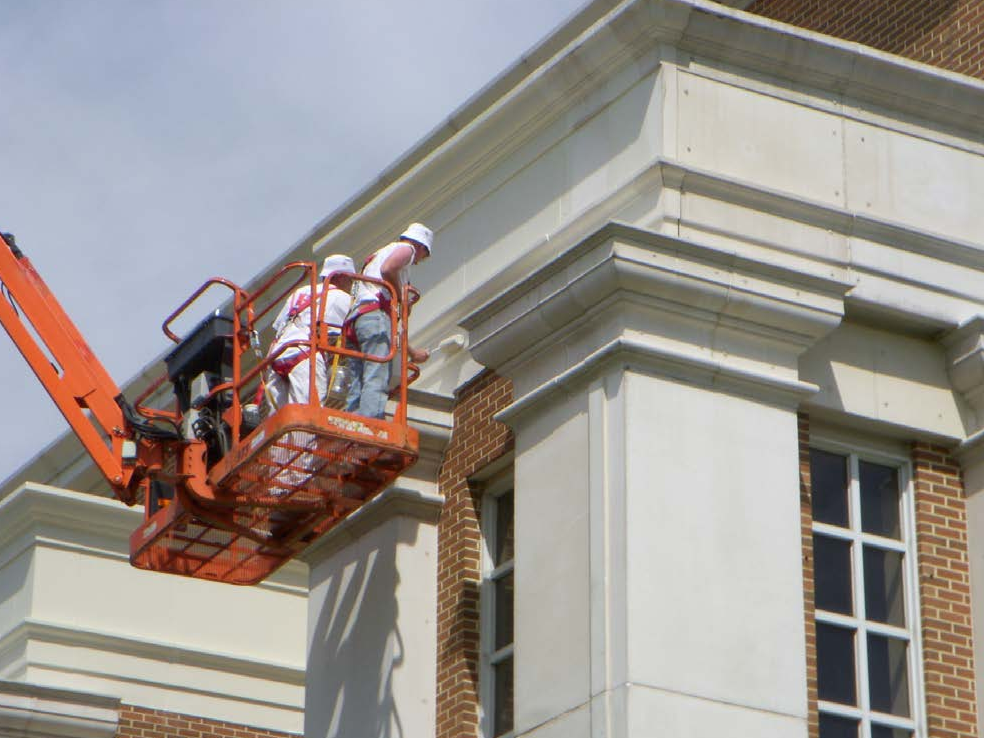
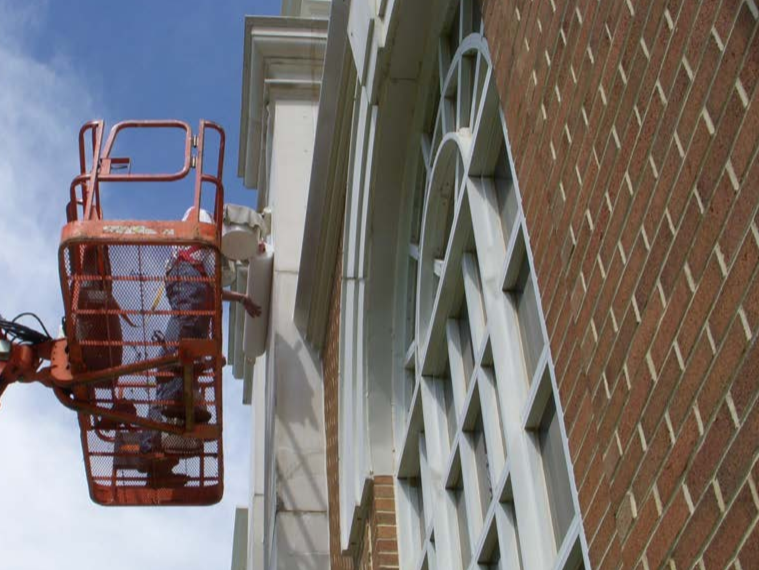

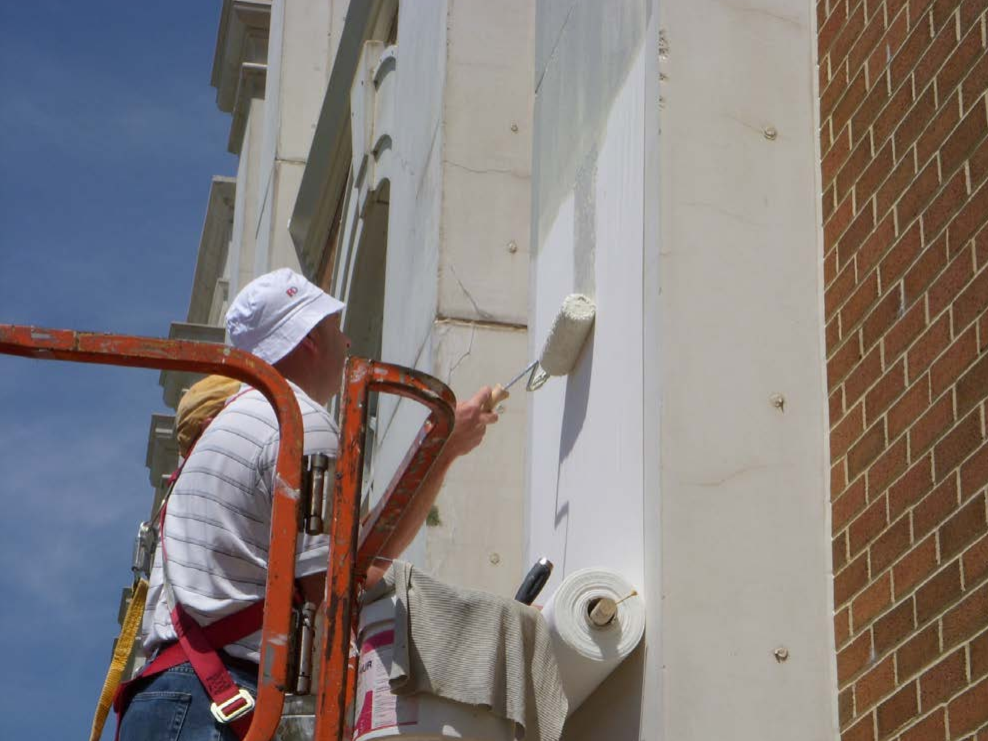
VERS. S15-250402








